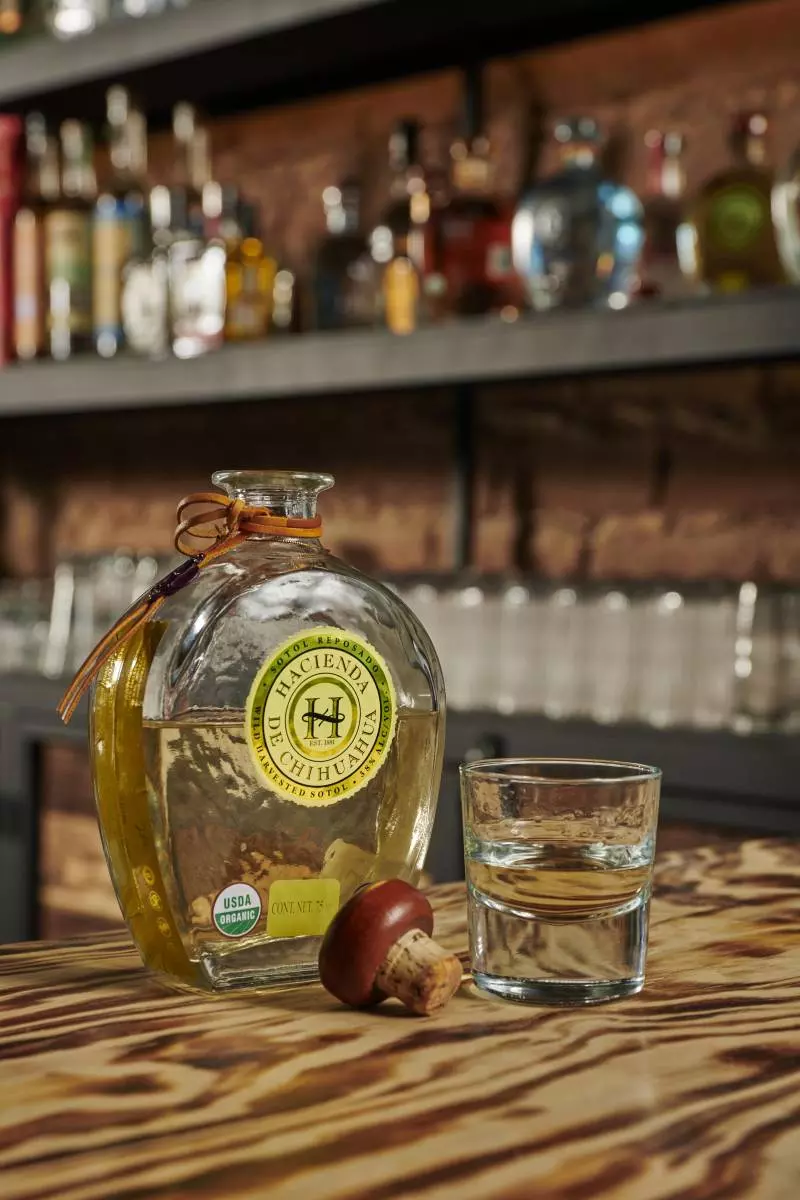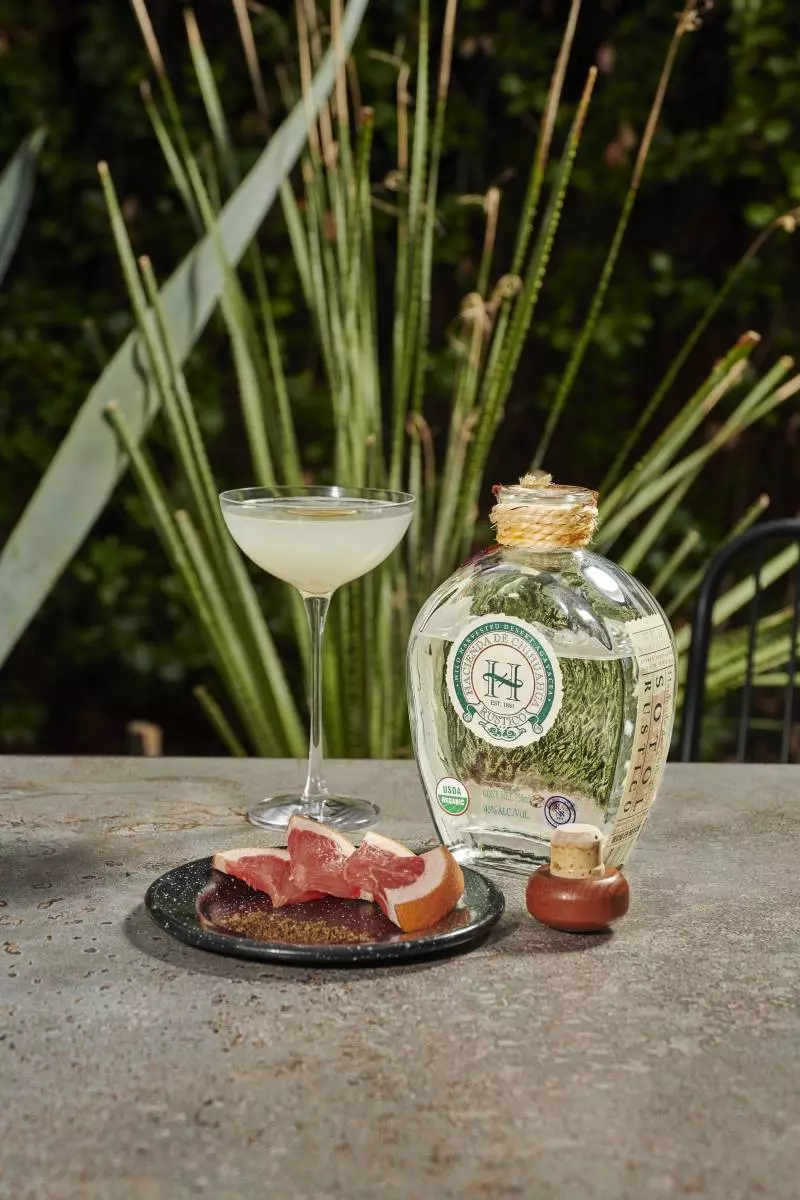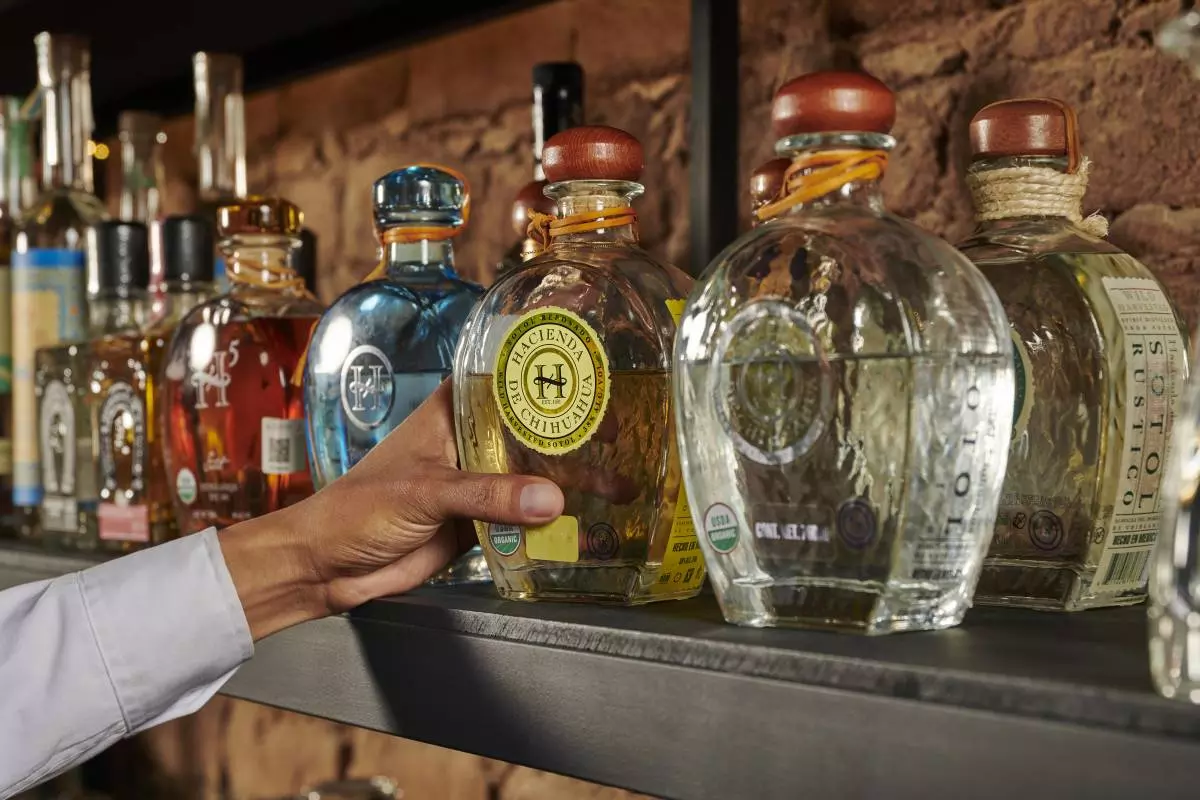If you're a tequila enthusiast looking to broaden your horizons, sotol should be on your radar. As you know, I'm absolutely enamored by Mexican food and drink. While I've had Sotol, in the past - I didn't get a chance to truly explore it until Sotol Hacienda de Chihuahua sent me a few bottles to try. Now I'm hooked. This lesser-known Mexican spirit offers a unique flavor profile that is distinctly different from tequila, yet is equally captivating. Derived from the Dasylirion Wheeleri plant, sotol boasts a complex blend of herbaceous, fruity, and resinous notes that will intrigue your palate when paired with fresh Mexican seafood and grilled meats. But there's more to this spirit than just its taste. From its rich history and production methods to its regional variations, sotol has a story to tell. Are you ready to explore what makes this spirit a worthy addition to your collection?
...
- Sotol is made from the Dasylirion Wheeleri plant, not agave, resulting in a distinct flavor profile from tequila.
- Sotol's taste is heavily influenced by terroir, offering diverse flavors based on production regions and climate.
- The spirit has herbaceous, fruity, and resinous notes, contrasting with tequila's typically sweeter profile.
- Sotol production showcases sustainability, as the Dasylirion Wheeleri plant regrows after harvesting.
- Tequila fans can experiment with sotol in classic cocktails for a unique twist on familiar drinks.
Sotol has its origins dating back hundreds of years as a drink consumed by the Indigenous people of the Chihuahua desert, where it was naturally fermented into a sort of beer. However, it is believed that it's modern origins as a distilled spirit came in the 16th century when early Filipino immigrants brought the technology to distill spirits - initially for turning coconuts into vino de coco but later this spread to agave (mezcal) and dasylirion (sotol) among others. It's stories and history like this that make me so passionate about Mexican spirits.
Not only do they taste amazing and offer a world of possibilities for innovative cocktails, but it's also fun to tell stories and learn something new while sipping something with so much heritage!
Sotol Vs. Tequila vs. Mezcal
Describing sotol vs other Mexican spirits can be a bit like comparing peaches and nectarines since Sotol and Tequila are from two completely different plants. While both spirits are distilled from Indigenous Mexican vegetation.
While both are beloved agave spirits, sotol's unique characteristics set it apart. This is due to the fact that sotol is crafted from the Dasylirion Wheeleri plant, a member of the Asparagaceae family, rather than the agave used in tequila production. This distinction contributes to sotol's earthier, grassy, and clay-like flavor profile, contrasting with tequila's sweeter, fruitier notes.
| Aspect | Sotol | Tequila | Mezcal |
|---|---|---|---|
| Source Plant | Made from the Dasylirion plant (Sereque) | Made from the blue agave plant (Agave tequilana) | Made from various types of agave plants |
| Geographical Origin | Primarily produced in the Chihuahuan Desert regions of Mexico (Chihuahua, Durango, Coahuila) | Produced mainly in Jalisco, Mexico | Produced primarily in Oaxaca, but also in other regions of Mexico |
| Flavor Profile | Earthy, herbal, and slightly smoky with unique wild notes | Varies from sweet and fruity to earthy and spicy, depending on aging | Smoky, earthy, and complex flavors due to traditional production methods |
| Popular Brands | Sotol Hacienda de Chihuahua, Clande Sotol, Flor del Desierto | Jose Cuervo, Patrón, Don Julio | Del Maguey, Montelobos, Ilegal Mezcal |
This is particularly exciting for someone like myself who is passionate about exploring the world through food and drinks. For example, while Tequila must come from Jalisco, Guanajuato, Michoacán, Nayarit, or Tamaulipas (central Mexico), Sotol is exclusive to the northern states of Chihuahua, Coahuila, and Durango. Various mezcal varietals varietals such as Bosscal and Mezcal Amaras are found officially in nine states throughout Mexico that are are included in the Denomination of Origin. However, Oaxaca is home to more than 80% of commercial mezcal production.
You'll notice similarities in fermentation and distillation processes when comparing production methods. However, sotol's unique terroir and plant source result in a distinct taste experience.
By understanding these differences, you'll be better equipped to appreciate sotol's nuances and expand your agave spirits knowledge beyond tequila.

Sotol Hacienda de Chihuahua
Among the notable sotol producers, Sotol Hacienda de Chihuahua stands out as a brand that exemplifies the spirit's unique characteristics and regional heritage. If you're a tequila enthusiast looking to broaden your horizons, this brand offers an excellent introduction to the world of sotol.
Hacienda de Chihuahua Sotol is renowned for its dedication to preserving traditional methods while incorporating modern techniques in producing their premium spirits. Rooted in the Chihuahuan Desert, Sotol is a centuries-old beverage made from the Dasylirion plant, historically used by the Anazasis and Rarámuris tribes for religious and medicinal purposes. Led by Dr. José Daumas, the production process is meticulously managed to ensure the highest quality, from sustainable plant extraction to precise aging in French oak barrels.
White Sotoles
Hacienda de Chihuahua offers three distinct white sotols. Plata is double distilled, unaged, and noted for its clean, minty, and vegetal flavors with a hint of sweetness. Rústico also undergoes double distillation and is unaged, providing deeper herbal notes and fresh, citrus aromas. Platinum, triple distilled and unaged, showcases a more genuine wild agavacea flavor with specially selected higher quality plants, resulting in fresher, citric flavors.
Aged Sotoles
The aged sotols from Hacienda de Chihuahua include Reposado, aged 6-12 months, which releases floral, vanilla, and soft woody notes. Añejo and Oro Puro, aged for 24 months, offer more pronounced woody and vanilla aromas with milder flavors; Oro Puro is uniquely enhanced with 24k gold flakes. H5 stands out as the jewel of the family, aged for seven years, presenting mild aromas and flavors with notes of maple and vanilla.
Sotol Cream
Hacienda de Chihuahua also produces sotol cream liqueurs. The Pecan Nut variety balances the rich flavor of pecans with the distinctive taste of sotol. The Chocolate cream combines the luscious taste of chocolate with sotol, creating a smooth and indulgent experience without overwhelming the palate.
You can find Soto Hacienda de Chihuahua at select retailers like Drizly and Old Town Tequila, allowing you to easily incorporate this unique spirit into your collection.

Cocktails and Tasting Tips
Because of it's unique flavor profile, it is unfair to simply swap Sotol in for tequila. While it will work well this way, I feel that it works best when paired with quality Mexican (and in particular northern Mexican) ingredients such as prickley pear juice, agave syrup, Topo Chico. Chihuahua is one of the largest agricultural states in Mexico, though, so consider pairing the spirit with cherries, jalapenos, even peaches.
Realistically though, sotol offers a wide variety of options but we particularly enjoyed an experimental recipe I tried using sotol, peach syrup, lime juice, and slices of jalapenos to give it a nice kick. Garnish with a slice of grilled peach floating in the cocktail for added flair.
Sotol is very versatile, so while I don't want it to be considered just a replacement for tequila in classic "Mexican Cocktails" like margaritas or palomas, it typically works pretty well this way when you are just starting out and learning how to make it shine.
Sotol Is Like Mezcal's Northern Cousin
I'm so thrilled that we're starting to see more enthusiasm for Mexican spirits in the United States. For decades, even tequila was a dark and almost taboo spirit that people looked at as having dangerous qualities to be avoided—and that's true about cheap tequila (just like it is for cheap whiskey, too!). However, with a more mature American palette, we're beginning to see a revival in appreciation for Mexican spirits and flavors of all sorts.
Sotol itself has come a long way from being considered an illicit distillate to be smuggled into the United States during prohibition. Thankfully with premium producers like Sotol Hacienda de Chihuahua out there banging the drum and helping me keep my speakeasy well stocked with product, this won't be the last time that I'll get to share my passion for Mexican spirits!
